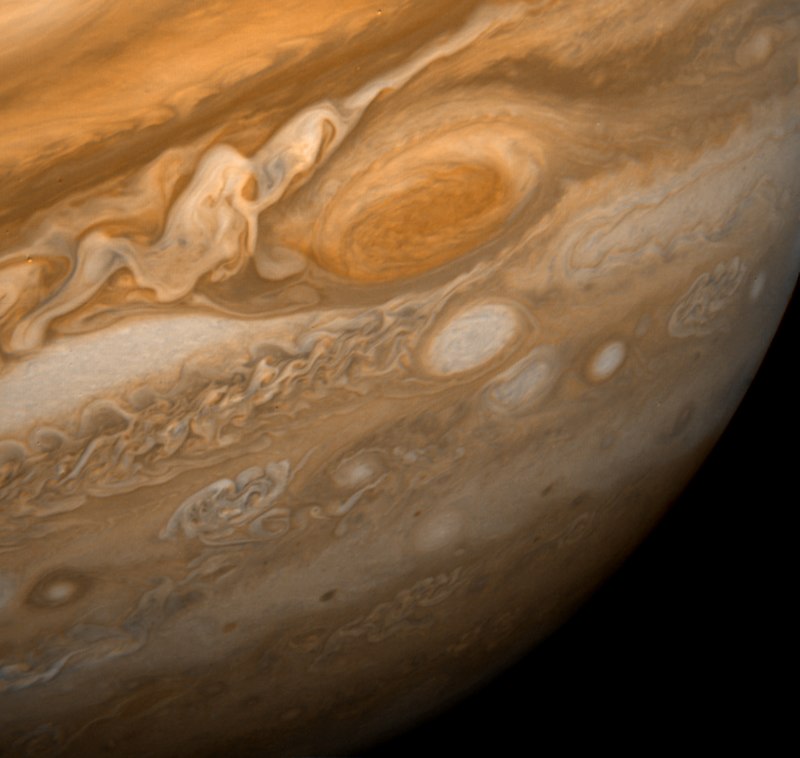Dwarf Sperm Whales: A Unique Defense Mechanism in the Ocean

Dwarf sperm whales (Kogia sima), the smallest species of whale, employ an unusual defense mechanism in the face of predation: they eject their intestinal fluid, which can amount to over three gallons, into the surrounding water, creating a cloud that confuses predators. This remarkable behavior, akin to the ink-ejecting strategy of squids, has sparked interest among marine biologists and conservationists alike.
According to the National Oceanic and Atmospheric Administration (NOAA) Fisheries, this cloud of reddish-brown fluid is released when the whales feel threatened, allowing them to escape from potential dangers, such as large sharks and orcas (Orcinus orca). The dwarf sperm whale, which can grow up to 8 feet 10 inches (2.7 meters), relies on this survival tactic due to its relatively small size, which makes it vulnerable to larger marine predators.
The species is predominantly found in tropical and temperate waters around the globe, where it feeds on deep-sea squid, octopuses, crustaceans, and fish. This adaptation not only aids in evasion but also raises questions about the social behavior and ecological role of the dwarf sperm whale within its marine environment.
Historically, dwarf sperm whales were often confused with their close relatives, pygmy sperm whales (Kogia breviceps), until taxonomic distinctions were made in 1966. Research indicates that both species share similar defensive strategies, although the dwarf sperm whale's fluid release is particularly noteworthy due to its volume and visual impact.
Marine biologist Dr. Emily Carter, a senior researcher at the Marine Mammal Institute at Oregon State University, notes, "This unique form of defense highlights the evolutionary adaptations of marine mammals in their fight for survival. Understanding the behaviors of such elusive creatures is crucial for their conservation."
Despite their remarkable adaptations, dwarf sperm whales face threats from human activities, including entanglement in fishing gear, vessel strikes, and pollution. The Whale and Dolphin Conservation reports that their populations may be declining due to these anthropogenic pressures, necessitating further research and conservation efforts to protect their habitats and ensure their survival.
Currently, studies on dwarf sperm whales remain limited due to their elusive nature; they are often found in small pods of no more than 16 individuals and prefer deeper water environments, making observations challenging. Additionally, their tendency to avoid boats complicates efforts to gather data on their populations and behaviors.
In summary, the dwarf sperm whale's defensive behavior exemplifies the intricate adaptations that marine species develop in response to predation. As research continues, it is imperative to address the conservation challenges these whales face in an increasingly human-impacted ocean. Understanding their ecological significance will be vital in promoting effective protection measures for this unique species and the broader marine ecosystem they inhabit.
Advertisement
Tags
Advertisement





